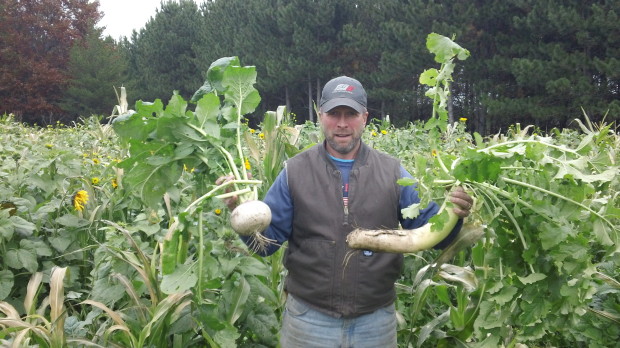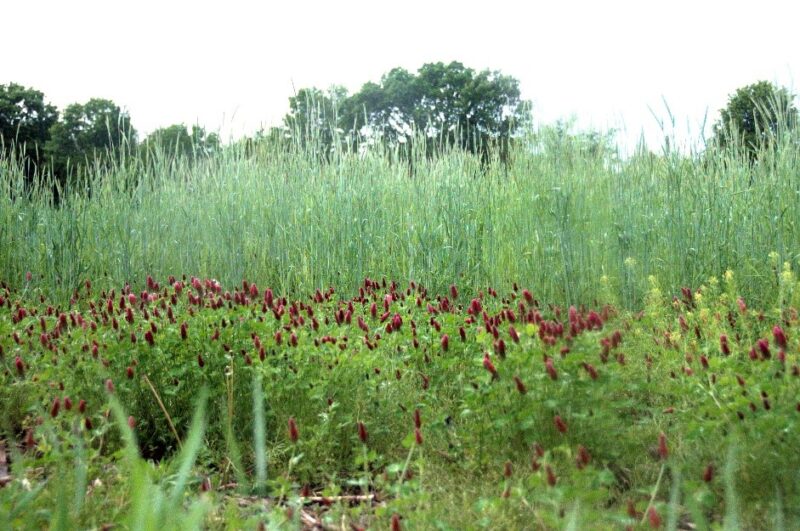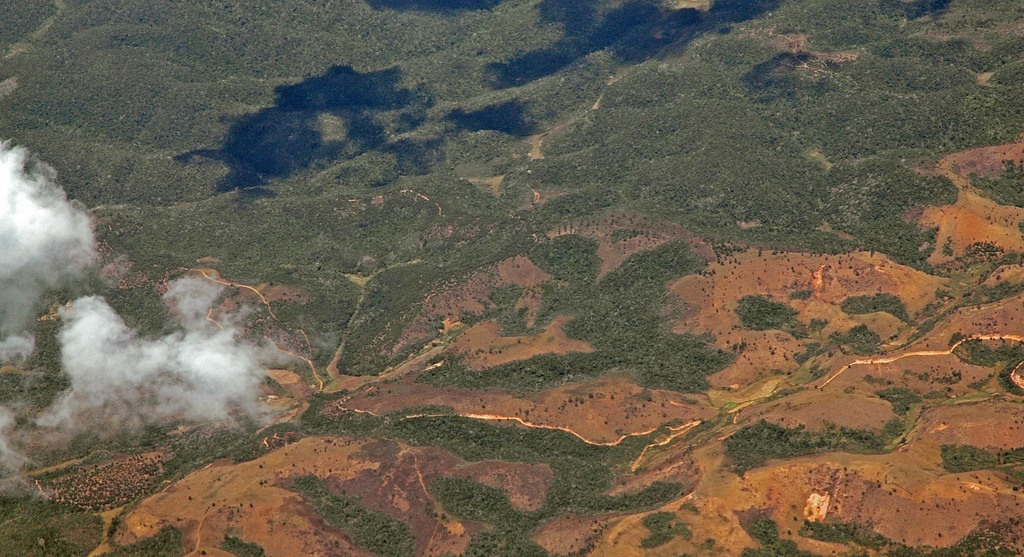Last year NWF began a new program for cover crop expert farmers and agricultural professionals, called the “Cover Crop Champions.” The champions receive small grants to pay the cost of their travel, time, and various expenses to share their expertise and passion for cover crops with farmers in their region. Recently, NWF staff took a look at the champions’ first year reports and found that so far our champions have directly reached nearly 2,500 farmers and over 100,000 more indirectly through media. We calculate that this will result in at least 42,651 new acres of cover crops in the Mississippi River Basin – which is great for wildlife and reducing pollution in the Gulf of Mexico! Cover crops not only help hold soil in place and clean water, but they can also provide forage and cover for wildlife. Read more here.
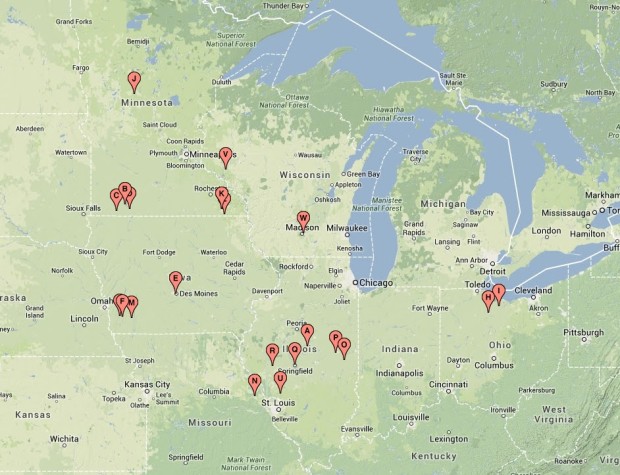
Is there a cover crop champion near you? NWF accepted applicants from Illinois, Iowa, Missouri, Minnesota, Ohio, and Wisconsin to share their expertise. Map created by NWF staff using Batchgeo.
According to the 2012 Agricultural Census, 10.3 million acres of cover crops were planted nationwide in 2012. USDA has a goal to get 20 million acres of cover crops planted by 2020. The cover crop champions can help pave the way to reaching that goal.
We had time to catch up with a couple of our champions and hear their stories, which I have shared below.
Mark Peterson, Iowa
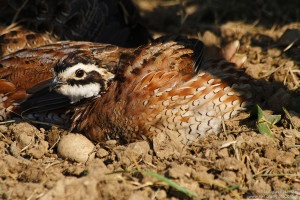
Bobwhite photo donated by National Wildlife Photo Contest entrant Douglas Elsaesser.
Mark Peterson farms approximately 400 acres of row crops in a corn and soybean rotation. Mark started growing cover crops two years ago, after learning about their benefits from experts at Practical Farmers of Iowa, a farmer-led non-profit organization that values good agricultural stewardship.
Since he started growing cover crops, Mark noticed that there was less erosion after a rainfall where he had cover crops planted.
As an unexpected bonus, Mark found a covey of quail on his farm for the first time in 8 years. Cover crops create a place for quail to raise their young.
I asked Mark what the highlight of the champions program was for him and he told me a story about some farmers who approached him after a meeting where he spoke about using cover crops. They said they had been thinking about growing cover crops for a long time, and “listening to you today finally got us motivated to do something.”
Kent Solberg, Minnesota
Kent runs a rotational-grazing dairy and pastured hog farm in central Minnesota. Adding cover crops to his operation provides feed for livestock and builds soil health.
When Kent first purchased the farm, the soils were coarse and worn out. During drought time, the pastures would dry up and the price of irrigation was too high to make a profit. Kent started looking for alternatives and started the farm on a path to improve soil health. He takes some pasture out of production and plants it to a complex cover crop mix to boost soil microbe activity. This improves the soil for the next crop or pasture. Kent uses cover crops for mid-summer and fall forage. “If I could change anything, it would be that I wish I had started sooner. Every year I use covers, I wish I had done more.”
Kent says that being a part of the champions program has created an opportunity to bring the message of soil health to other producers.
“If not for the program, I don’t think I would have been able to speak to as many people as I have in the past 6-8 months. It has also helped build a network I can tap into to help multiply the adoption of cover crops.” – Kent Solberg
Eventually, I hope to tell more stories about the cover crop champions on this blog, but in the meantime, feel free to check out this portfolio of their inaugural year, or read more about NWF’s work on cover crops.
The post Meet the Cover Crop Champions appeared first on The National Wildlife Federation Blog.


